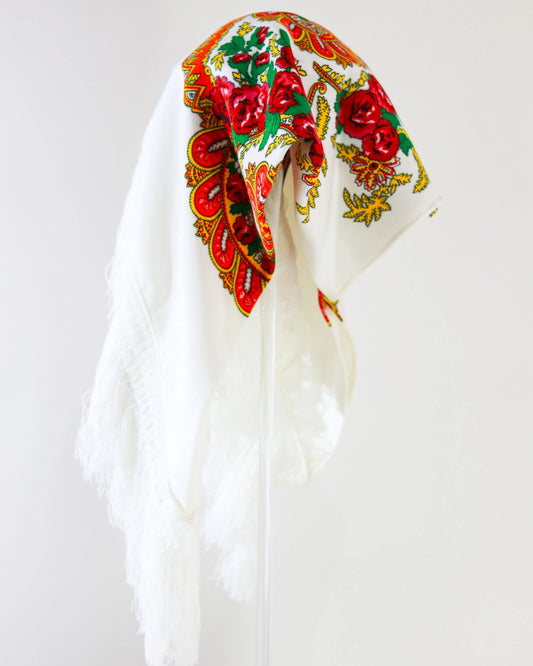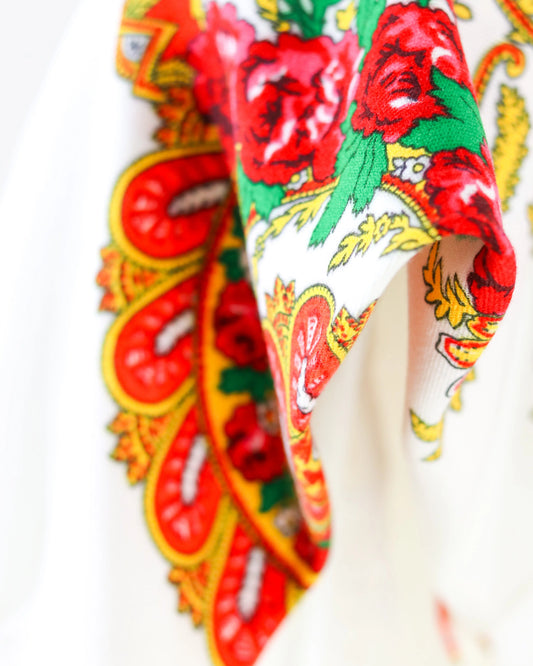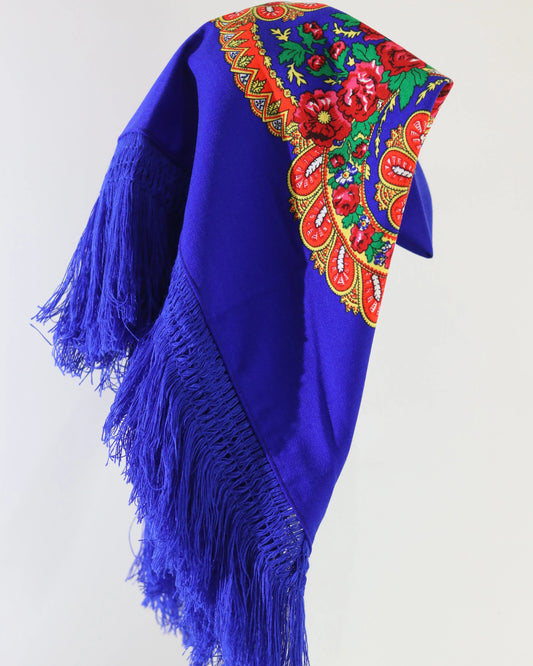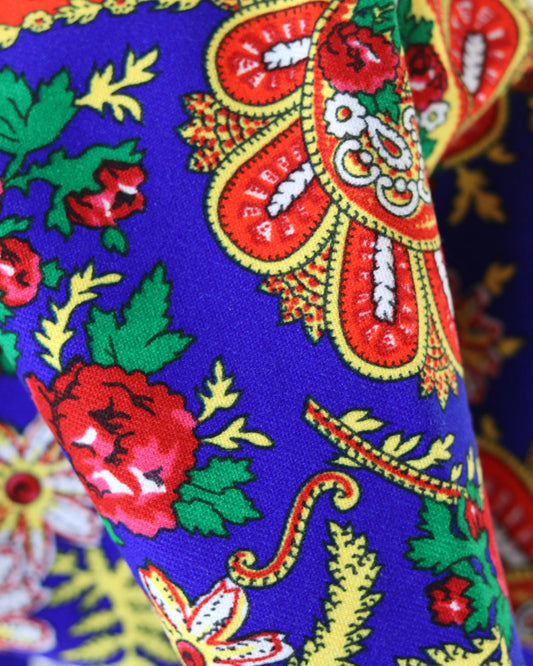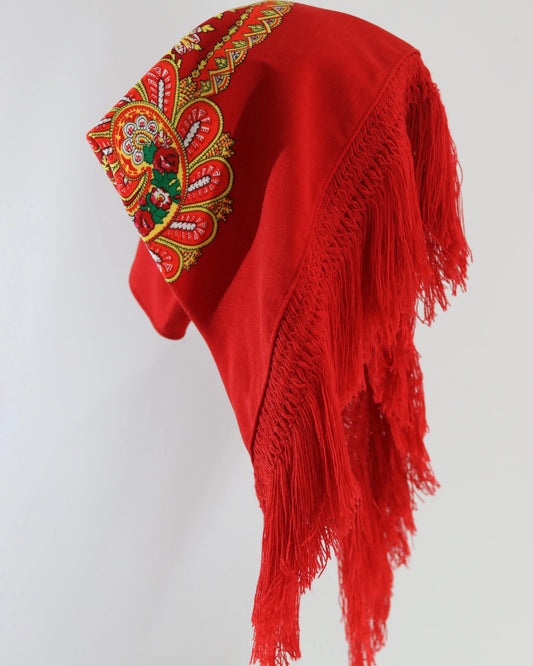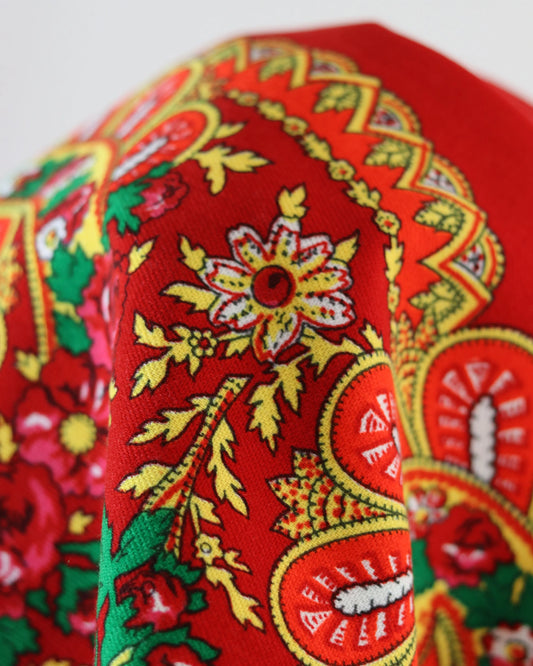Discover the traditions that make Viana a city with soul
Arriving in Viana do Castelo is like entering a rhythm of your own. Lima's tide sets the pace, the cobblestone streets preserve ancient steps, and the flower-filled balconies seem to thank the sun. It's not just a city; it's a constellation of rituals, gestures, and voices that repeat and renew themselves. There are places where tradition lives on as a topic of conversation or photography; here, it lives in the body, in the calendar, in the palate, and in the sound of the bass drums felt in the chest.
What gives body to the Viana soul
Viana's identity is based on a very clear triangle: celebration, craft, and devotion. Everything we see in the month of August—the costumes, the gold, the dances, the decorated boats, the brightly colored embroidery—was shaped by centuries of work at sea and in the fields, by brotherhoods and families passing down knowledge from generation to generation.
- The celebration comes from the encounter. In the raids, in the processions, in the festivals and in the Janeiras.
- Crafts give hands and method to beauty. Embroidery, plowing, goldsmithing, boatbuilding, playing the harmonica and accordion.
- Devotion connects everything. To Our Lady of Agony, to the sea that nourishes and demands respect, to the time of each harvest.
It's not a showcase of the past. It's life lived.
Pilgrimage of Our Lady of Agony: Heart of August
In August, Viana lights up. The Romaria da Senhora d'Agonia (Romage of Our Lady of Agony) is one of the largest popular festivals in the country, and for locals, it's a sense of belonging. It began as a protection service for fishermen and grew with the involvement of the entire city.
Moments that mark:
- Procession to the sea and blessing of the vessels. The trawlers and boats are adorned with banners, the float passes through the crowd, and the river is filled with faith and color.
- Historical and ethnographic procession. A living snapshot of Alto Minho: agricultural implements, costumes from different parishes, oxcarts, giants, big heads, and Zés Pereiras.
- The Stewardship Procession. Hundreds of women in farmhand attire, gold on their chests, intricate embroidery, a firm step, and a proud smile.
- Salt carpets. Alleys transformed into ephemeral paintings. Hours of work that, in an instant, become the path for the procession.
- Fire on the river. The reflection of the waterfalls of light in Lima, the bridge and houses serving as a backdrop, entire families looking up.
There's music on every corner, the smell of farturas and caldo verde, bagpipers roaming the streets, and that feeling of the city embracing you.
Calendar of rituals throughout the year
Viana doesn't just live in August. The parishes and communities maintain a busy annual cycle. The table below gives an idea of the most anticipated moments:
| Month | Tradition | Where it comes to life | Notes from someone from the land |
|---|---|---|---|
| January | Songs of Kings and January | Parishes and associations | Open doors, voices in chorus, dried figs and wine to warm |
| February/March | Shrovetide | Streets and squares | Masked people, local satire, broth and sausage to regain strength |
| Lent | Old Sawmill | Neighborhoods and villages | A doll that burns itself, laughter and the moral of the shared story |
| May | Mayans | Windows and balconies | Yellow broom branches to ward off bad luck |
| June | Popular Saints | Neighborhood festivals | Grilled sardines, basil and marches |
| August | Pilgrimage of Agony | Whole city | The biggest party |
| September/October | Harvests and fairs | Surroundings and markets | Baskets, concertinas and new wine tasting |
| November | St. Martin | Squares and backyards | Magusto, roasted chestnuts, jeropiga |
| December | Christmas and nativity scenes | Churches and homes | Handmade nativity scenes, choral concerts |
Every celebration has its own etiquette, its own sound, and its own flavors. And everyone has their place.
Viana costume: embroidered language
Viana's attire is more than just pretty party clothes. It's a textile grammar, with rigorous variations between party wear, Sunday wear, work wear, bride, and butler. The bright red of a scarf, the deep blue of a skirt, the embroidered apron, the heart-shaped pocket, the fitted vest. Each piece has a function, each stitch has a design and intention.
Viana's embroidery is distinguished by floral motifs, birds, and branches, and a vibrant palette that doesn't ask for permission. The lines are clean and highly legible, which explains why they're instantly readable, even from a distance. The technique requires patience and a trained hand. In many homes, grandmothers start their granddaughters with a simple cloth where they learn the stitch before moving on to a skirt or vest.
Gold completes the ensemble. Earrings, necklaces, beaded necklaces, queenly earrings, and, of course, Viana's heart. Filigree, crafted with extremely fine gold threads, creates solid lace. Seeing a stewardess with several gold strands is like witnessing family heritage parading, often borrowed from neighbors, with shared responsibility.
Costume pieces and what they say:
| Part | Signal | Detail |
|---|---|---|
| Tissue | Parish identity | Knot, color and embroidery vary, depending on origin |
| Skirt | Occasion | Richer fabrics for parties, simpler prints at work |
| Pouch | Practicality and symbol | Stores small objects, often heart-shaped |
| Apron | Care and vanity | Neat embroidery, aligned with the skirt |
| Gold | Prosperity and pact | A sign of economy, affection and promise |
The Costume Museum, in Praça da República, meticulously collects and displays specimens that allow for up-close viewing of the details. A visit will change the way you view those who parade in the processions.
Music, dance and street joy
No one mistakes the sound of the Zés Pereiras. A marked bass drum, snare drums that drag the step, a harmonica that calls for the next corner. In Minho, and in Viana, with its own voice, the dance has catchy names: vira, chula, malhão. The choreography is in many people's bodies, learned early in school, on ranches, and at home.
On feast days:
- Rusgas cross neighborhoods and squares, with pairs advancing and retreating in dialogue.
- The accordions pick up the rhythm, the cavaquinho thickens the melody, the popular choir closes the circle.
- The giants and big heads enter the circle and provoke laughter and photographs.
It's not uncommon to see three generations of the same family rotating at the same time. This is what gives the show a human scale.
The river, the sea and the hands that build
Viana looks straight at the sea and up close at the river. Devotion to Our Lady of Agony was born from the fear and respect of those departing and those waiting. The procession to the sea is the clearest image of this connection. Painted and decorated boats, nets strung, light cutting through the water, whistles and horns responding to the sound of the bells.
Shipbuilding is another piece of the puzzle. Shipyards have been linked to the city for decades and have left a culture of precision and challenge. The hospital ship Gil Eannes, now a museum, bears witness to a unique chapter in the cod fishing industry and local technical prowess.
In churches, maritime ex-votos tell stories of fulfilled promises. Simple pieces, miniature sailors, parable storms, names of ships that no longer exist, but which remain present in the gratitude written on wood or canvas.
Workshops, filigree and patient drawing
The art of goldsmithing is unhurried. Filigree requires fine thread, a steady hand, and a great deal of concentration. In Viana, goldsmiths coexist with embroiderers and those skilled in working with wood, linen, and brass. There is a quiet network of workshops and small businesses that maintain ancient techniques, offering contemporary solutions for those who use them.
- Embroidery associations provide training and certification.
- Local designers create pieces that reflect the costume without copying it, respecting codes.
- Street shops display intricately crafted pieces that capture the attention of passersby.
Tradition thrives on detail. And detail takes time.
Flavors that tell stories
Viana's cuisine has a voice. Cod has a special place, with the famous bacalhau à Viana (Viana-style cod), which arrives in the pan after marinating, rests on a bed of onions and potatoes, and calls for a glass of vinho verde from the Lima sub-region, with the elegant acidity of the Loureiro grape. Lamprey, when the river allows and the calendar dictates, is a serious matter, served with rice or à la Bordelaise.
Dishes that are part of the memory:
- Minho-style sarrabulho rice
- Pork roast with sarrabulho porridge
- Steaming green broth, fragrant chives
- Fresh octopus and hake, depending on the auction.
At the bakery, the Viana pie has a loyal following. There are also cookies and cakes made with old recipes, often linked to convents and homes that don't advertise, but serve. Finally, fruit from nearby gardens. And coffee, of course.
How to participate respectfully
The celebration is better shared when everyone helps to care. Small actions have an impact.
- Ask permission before photographing someone in costume.
- Do not step on the salt mats and respect the improvised barriers.
- Prioritize residents at times of greater affluence, especially during religious events.
- Avoid blocking the passage of processions to capture the best angle.
- Buy local. Embroidery, filigree, china, and sweets from local homes keep the workshops alive.
This care doesn't take away the enthusiasm. It gives it depth.
What doesn't fail on a first visit
With so much on offer, it helps to have a short list to guide your search. It's worth a whole day or a weekend.
- Republic Square at dawn, when the city is still stretching
- Costume Museum to get into the details
- Climb to Santa Luzia, by elevator or stairs, to see the city, the river and the sea aligned
- Riverside promenade in the late afternoon, with a stop for a glass of vinho verde
- Historic embroidery and jewelry shops, where time moves forward
- If it's August, watch the Mordomia procession and the fire on the river
If you have more time, head to the nearby beaches and the parishes that hold part of the intangible heritage that is then revealed in the center.
Viana through the voice of those who make it
Looking at the city head-on is also listening to those who build it daily. The butler who inherited her grandmother's gold but continues to replenish her purse. The bagpiper who teaches children to breathe with the bellows. The embroiderer who jots down stitch variations in a fabric-covered notebook so as not to miss a thing. The fisherman who connects devotion to Our Lady of Agony to the right tide and the patience of the days.
This multiplicity creates a web of meaning. When the city comes together, there is no single story. There are many, with a common thread.
An affective map of arts and places
Viana offers a reading by craft. An afternoon of workshops is well worth it.
- Embroidery: observe the design on the tracing paper, the choice of threads, the correct tension in the hoop.
- Filigree: understanding the fire, the welding, the minimal gesture that shapes a heart.
- Shipbuilding: travel along the Gil Eannes and understand the logistics of a floating hospital.
- Music: attend a ranch rehearsal or a Zés Pereiras street parade.
Possible map, by blocks:
- Republic Square and adjacent streets for museum, shops and cafes
- Riverside area for long walks and river views
- Santa Luzia for aerial view and brief silence
- Neighborhoods that became the scene of raids and street parties in August
Each point speaks to the others.
Viana with family, alone or in a group
The city lends itself to different rhythms. With family, the parades enchant the kids. The climb to Santa Luzia is challenging but worthwhile, and the gigantones remain in the memory. Alone, a morning by the river and an afternoon at museums provide space for listening. In a group, the table gains dimension and the beats demand participation.
24-hour suggestion:
- Morning: coffee in Praça da República, Costume Museum, stroll through embroidery shops
- Lunch: Viana-style cod and green wine
- Afternoon: waterfront, visit to Gil Eannes
- Late afternoon: climb to Santa Luzia
- Night: if it's party time, a country fair and accordion; if not, a stroll through the illuminated historic center
With 48 hours, add workshops, beaches and a trip to a parish with a very active tradition.
Culture that renews itself without losing its bearings
Tradition lives on when it finds new ground. In Viana, there are projects that combine embroidery with design, gold with unexpected materials, and traditional music with arrangements that fit on modern stages. Schools are working on broadcasts, folklore groups are opening their doors, and associations are collecting and sharing archives.
Balance lies in respecting the codes that make costumes costumes, dances dances, and embroidery embroidery. The rest is a space for creativity. You see this in shop windows, on social media, on improvised stages, and in festivals that embrace both the popular and the contemporary.
August night by the river
At a certain point, the light dims, the bass drums fall silent for a moment, and all that's heard are footsteps searching for the best spot. The river is smooth, the windows fill with people, and a murmur rises. The first rocket tears through the sky, and the reflection unfolds in colors on the Lima. It smells of sea air and hot sugar. Nearby, a family talks about the procession, remembers the grandmother who never comes down, points to the handkerchief of the granddaughter who danced for the first time. Viana lives in these conversations. And in each echoing bomb, in each embroidery that takes months to complete, in each boat that waves as the float passes.
In the end, no one is in a hurry. The city lingers, as if knowing the party will continue the next day, at the accordion rehearsal still heard in the distance, at the gingham cloth left waiting for another flower. Viana's soul is there, whole, available to those who arrive and those who stay.

